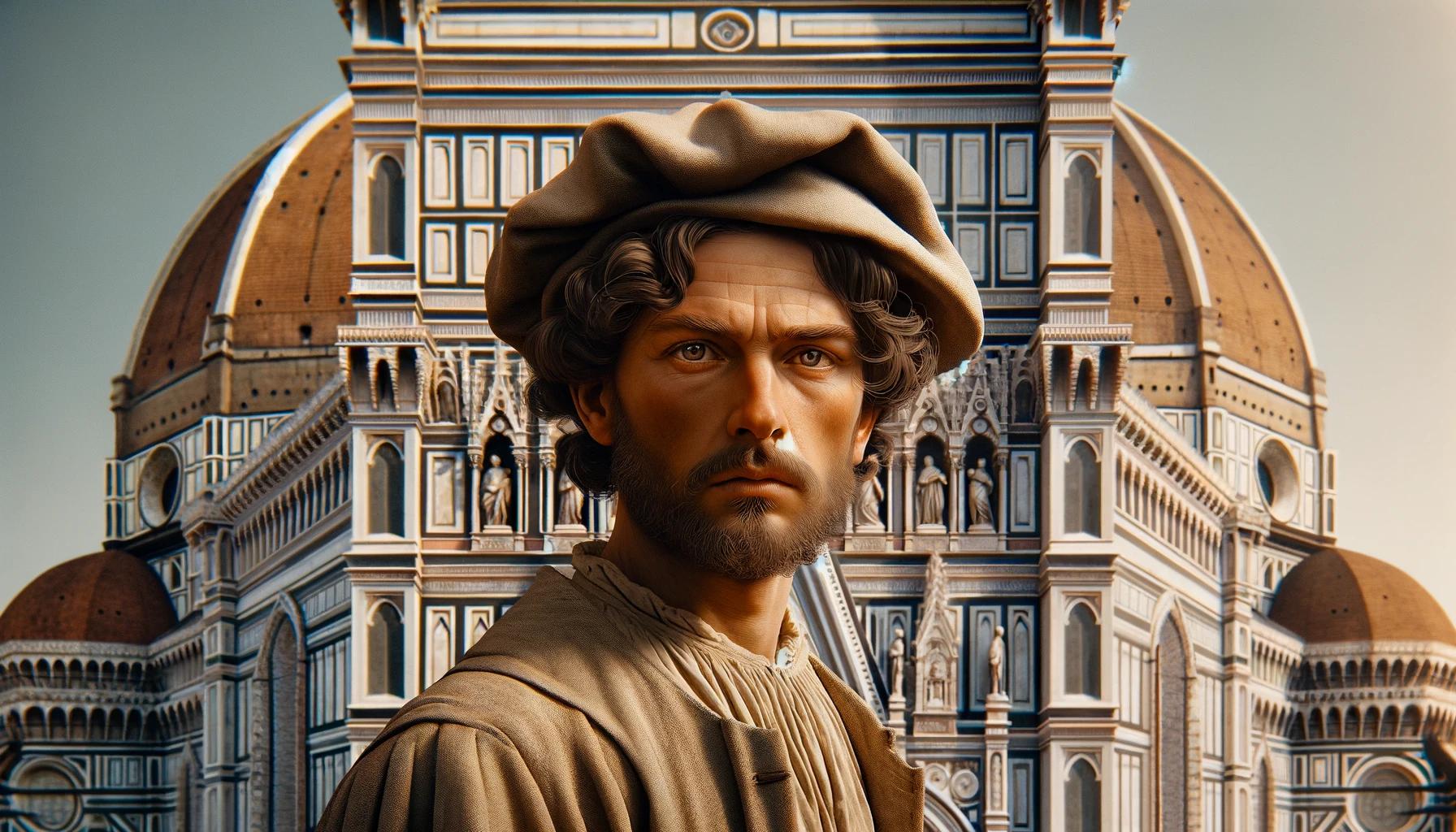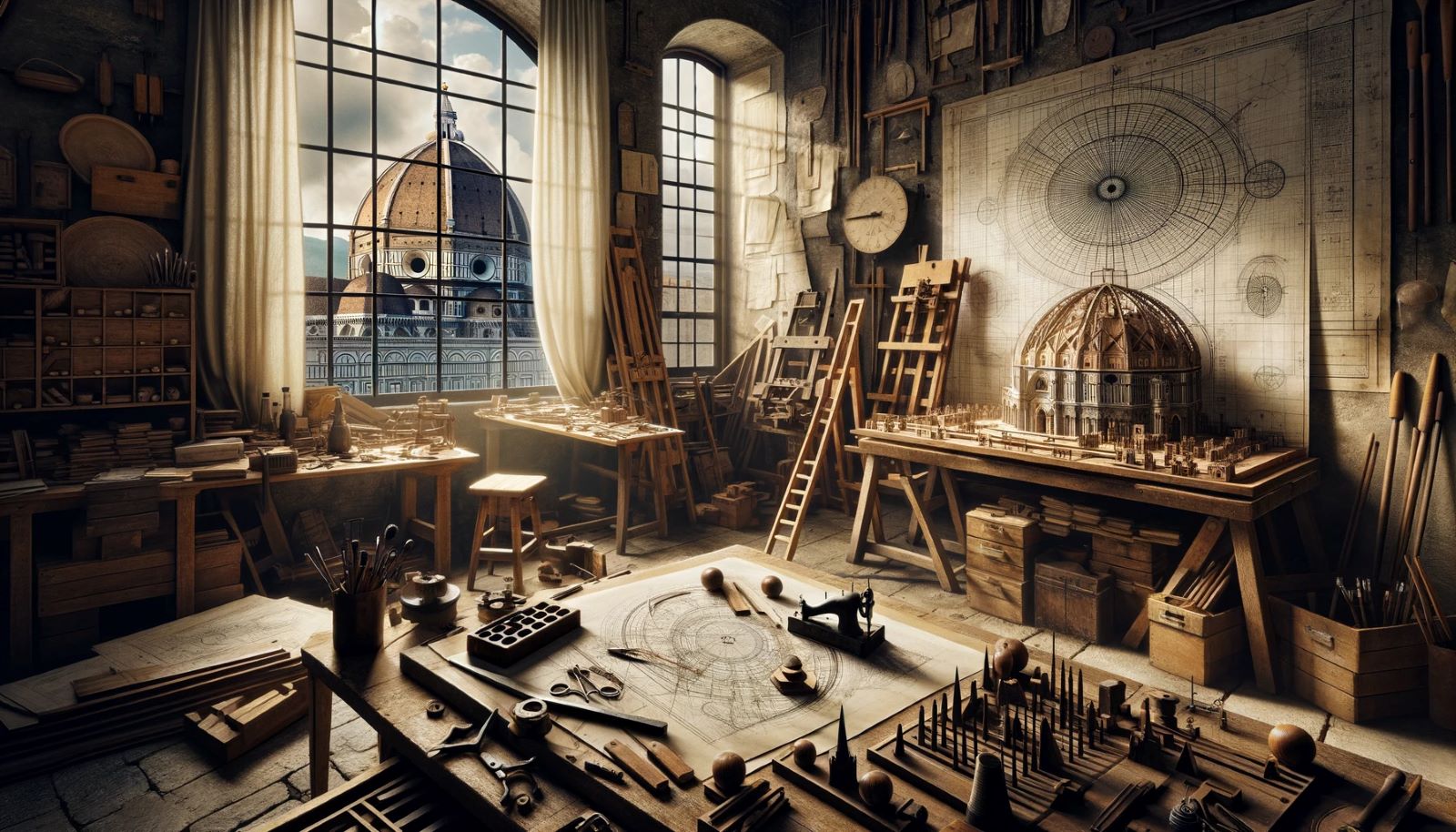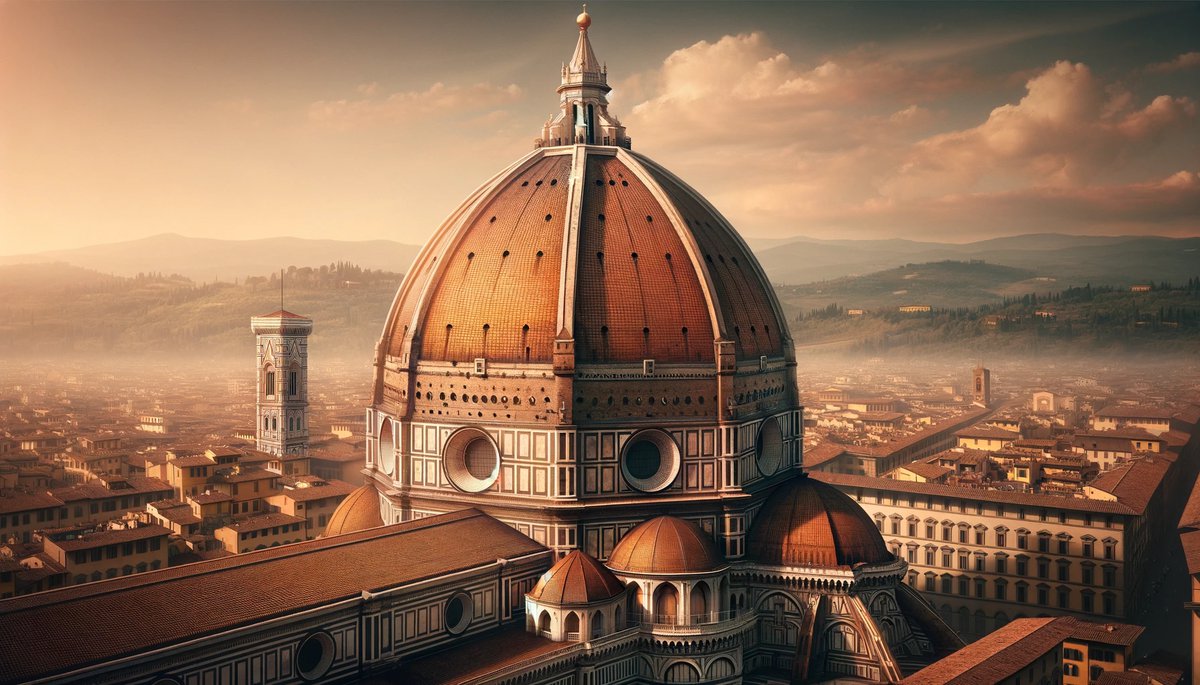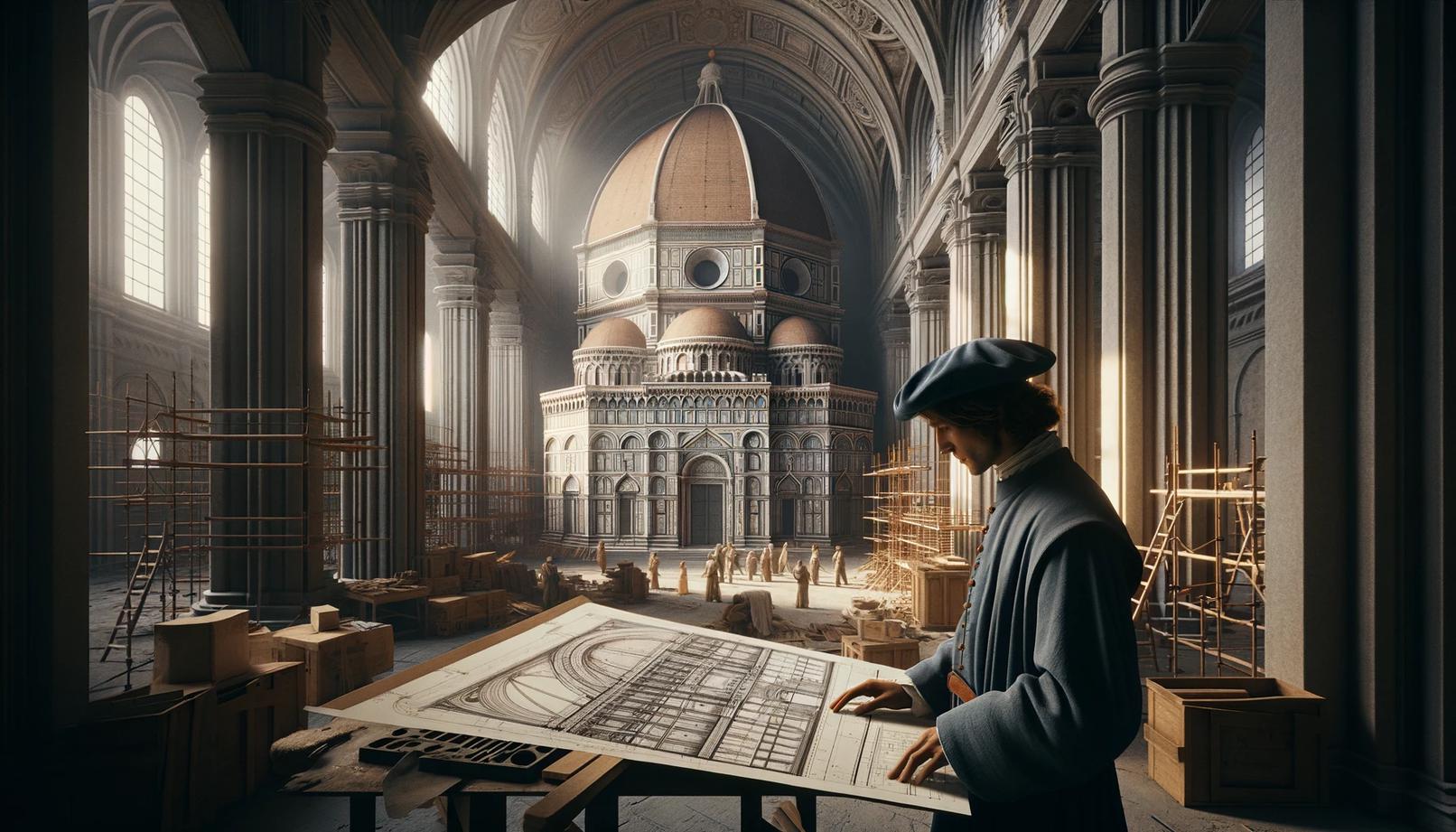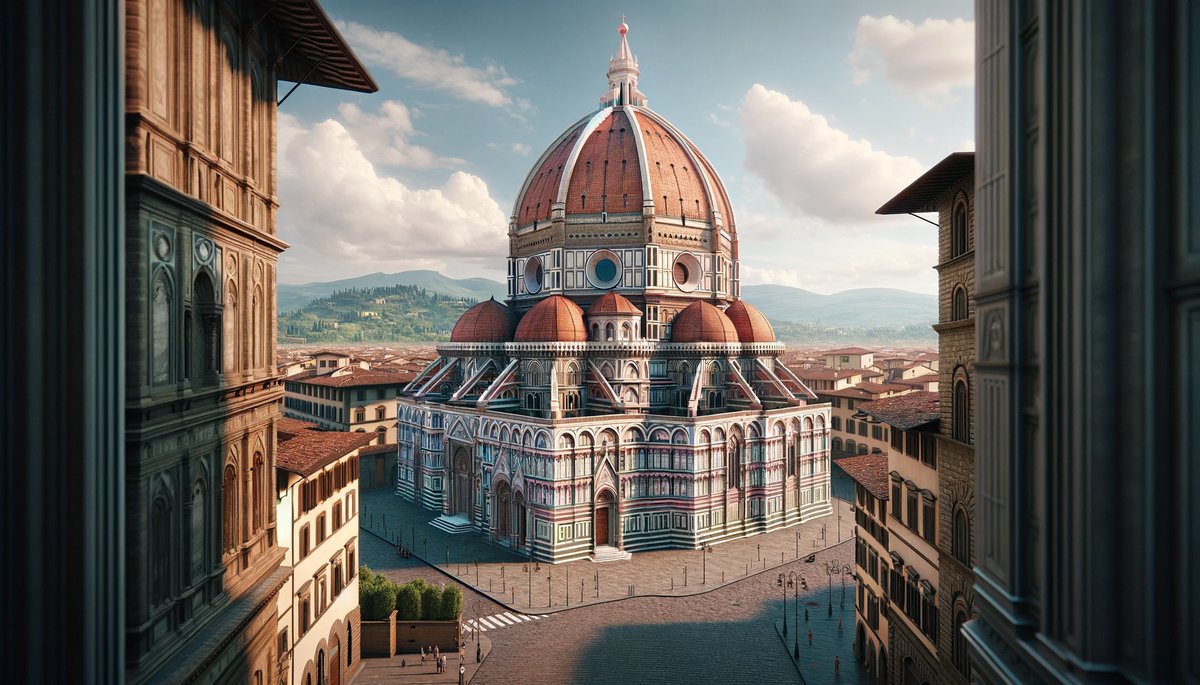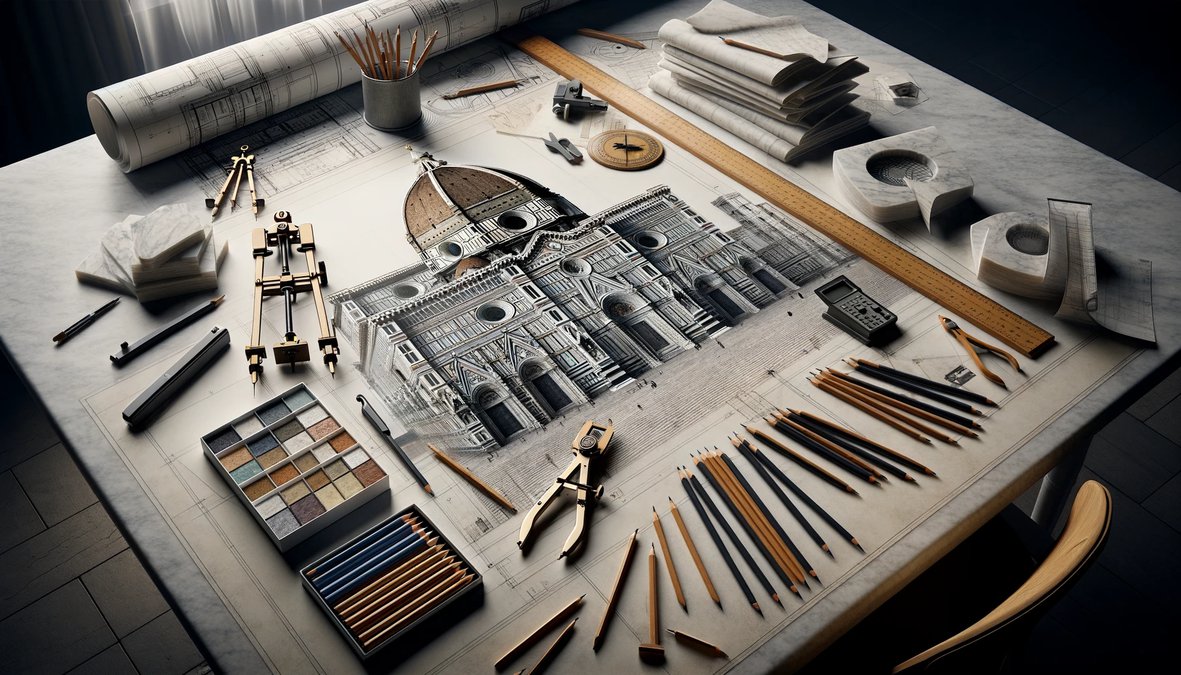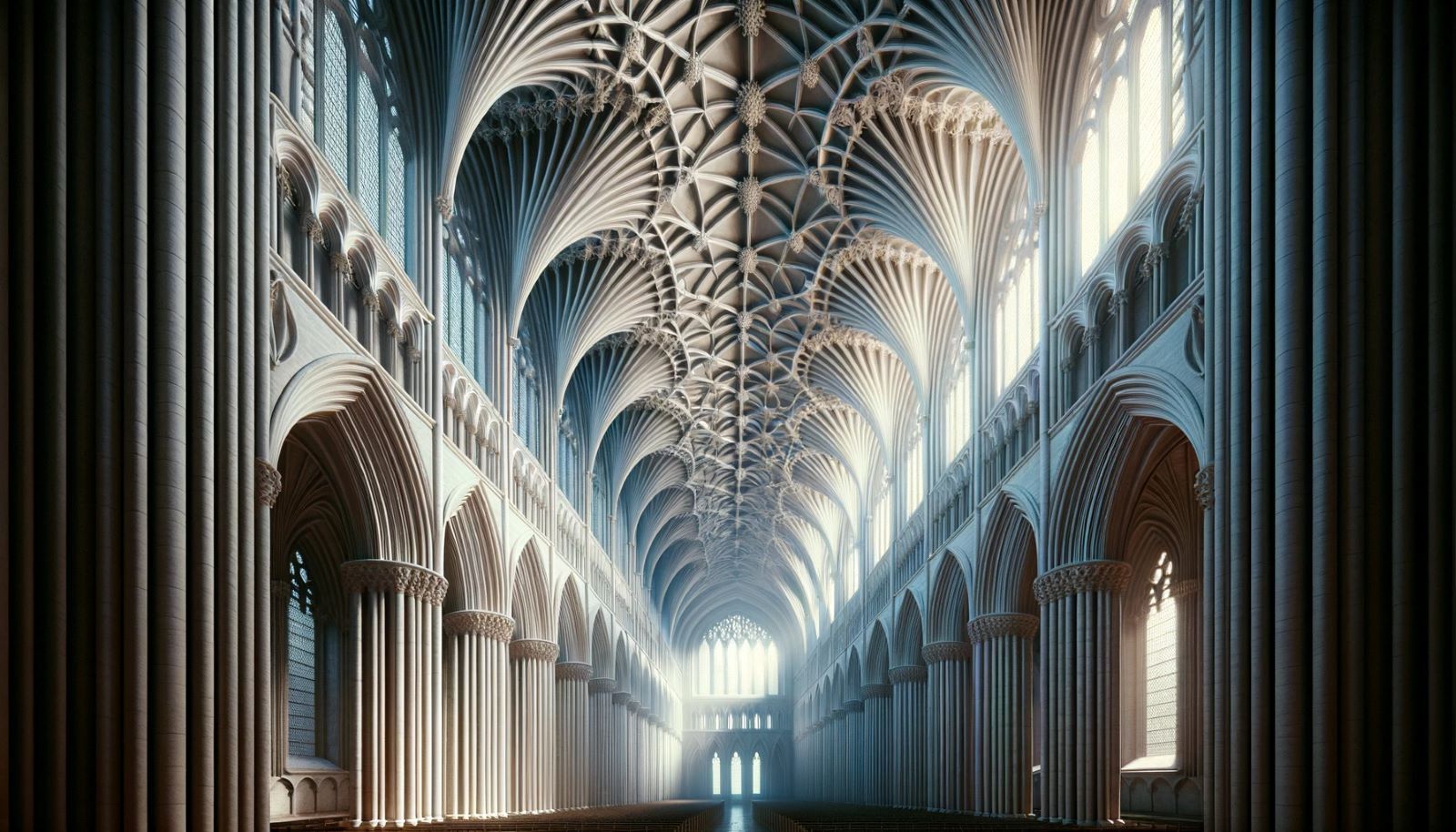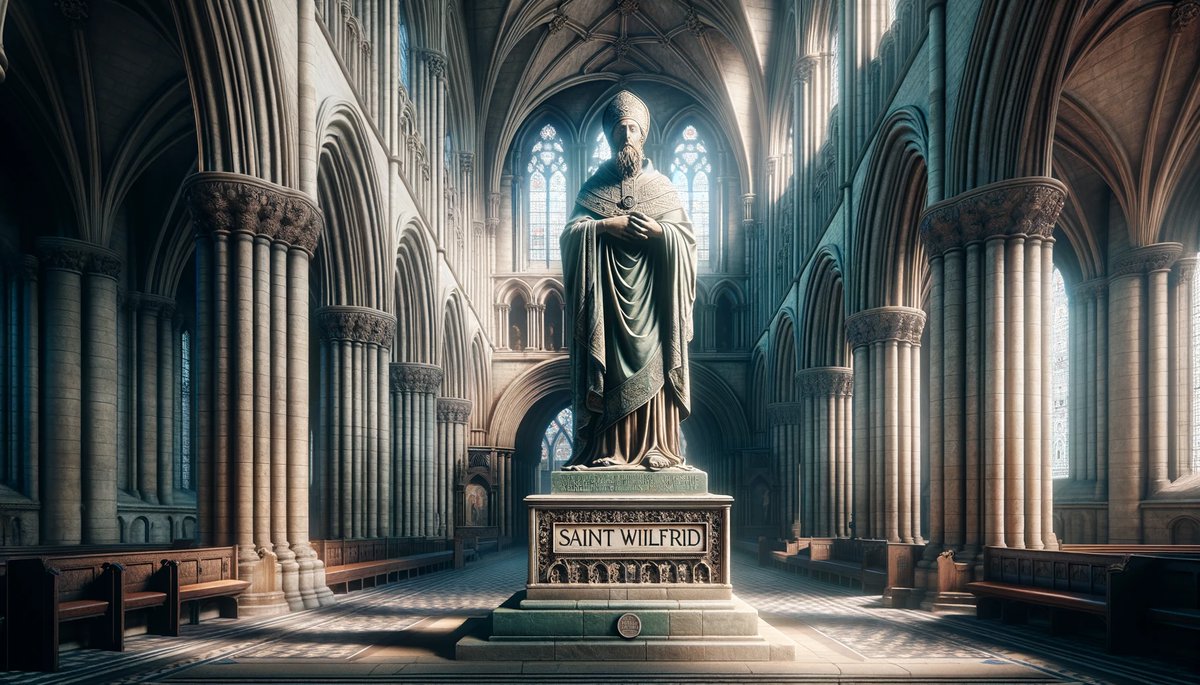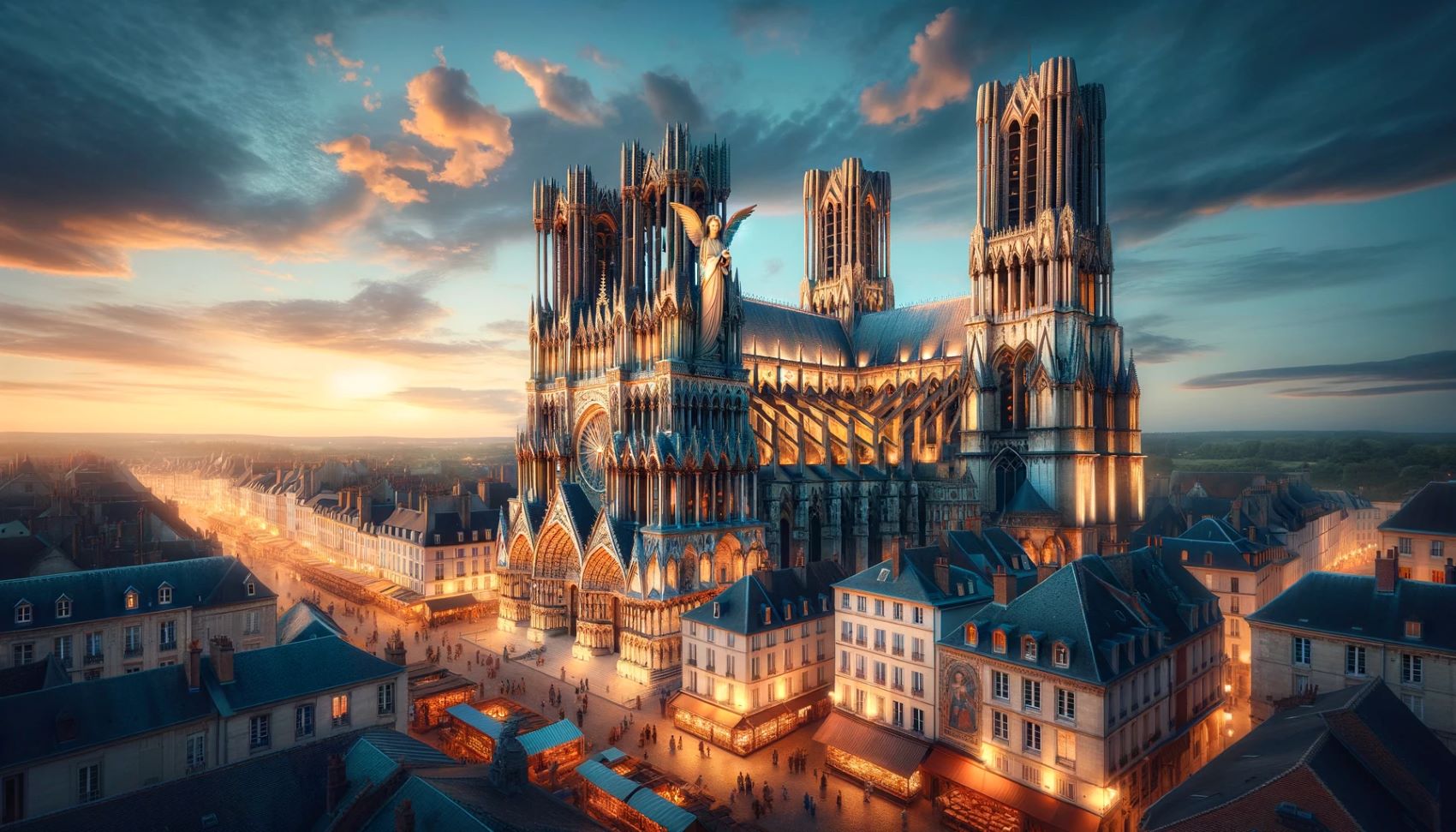Home>Arts and Culture>Architect Who Designed The Cathedral In Florence


Arts and Culture
Architect Who Designed The Cathedral In Florence
Published: February 17, 2024
Peter Smith, Editorial Director at Christian.net, combines deep insights into faith, politics, and culture to lead content creation that resonates widely. Awarded for his contributions to religious discourse, he previously headed a major organization for religious communicators, enhancing dialogue on faith's societal impacts.
Discover the visionary architect behind the iconic Cathedral in Florence. Explore the intersection of arts and culture through his timeless masterpiece.
(Many of the links in this article redirect to a specific reviewed product. Your purchase of these products through affiliate links helps to generate commission for Christian.net, at no extra cost. Learn more)
Table of Contents
Early Life and Education
The architect who designed the Cathedral in Florence, Filippo Brunelleschi, was born in 1377 in Florence, Italy. His early life was marked by a deep fascination with the arts and sciences, and he displayed an innate talent for drawing and mathematics from a young age. Brunelleschi's passion for architecture was ignited during his formative years, as he observed the magnificent structures and engineering marvels that adorned the city of Florence.
Despite the absence of formal architectural education at the time, Brunelleschi's insatiable curiosity and determination led him to seek knowledge from various sources. He apprenticed with a goldsmith, where he honed his skills in metalworking and gained a profound understanding of geometric principles. This experience proved to be invaluable, as it equipped him with a unique perspective on spatial relationships and structural integrity, which would later distinguish his architectural designs.
Brunelleschi's thirst for knowledge extended beyond the realms of architecture, as he delved into the study of classical texts and ancient Roman and Greek architectural principles. His voracious appetite for learning propelled him to explore diverse disciplines, including sculpture, painting, and engineering, thereby enriching his understanding of the interconnectedness of art and science.
In his pursuit of architectural mastery, Brunelleschi embarked on extensive travels throughout Italy, immersing himself in the study of architectural marvels and drawing inspiration from the grandeur of ancient Roman edifices. His journeys not only broadened his architectural acumen but also deepened his appreciation for the rich tapestry of cultural influences that shaped the architectural landscape of Italy.
Brunelleschi's relentless dedication to his craft culminated in his groundbreaking innovations and pioneering approaches to architectural design, which would revolutionize the field of architecture. His formative years and unyielding commitment to learning laid the foundation for his illustrious career and indelible legacy as one of the most influential architects of the Renaissance era.
Career in Architecture
Embarking on his illustrious career in architecture, Filippo Brunelleschi's visionary contributions reshaped the architectural landscape of the Renaissance era. His journey as an architect was characterized by a relentless pursuit of innovation, a profound reverence for classical principles, and an unwavering commitment to pushing the boundaries of architectural design.
Brunelleschi's foray into architecture was marked by a series of transformative experiences that solidified his reputation as a trailblazing visionary. His early architectural endeavors encompassed a diverse array of projects, ranging from sculptural commissions to engineering challenges. Notably, his collaboration with the renowned sculptor, Donatello, on the creation of the bronze doors for the Florence Baptistery, showcased his exceptional prowess in merging artistic finesse with architectural ingenuity.
As his architectural prowess garnered widespread acclaim, Brunelleschi's reputation as a masterful innovator continued to ascend. His groundbreaking use of perspective and geometric precision in his architectural drawings and designs revolutionized the conceptualization and execution of architectural projects. This innovative approach not only elevated the aesthetic appeal of his creations but also imbued them with a sense of harmonious proportion and spatial dynamism.
Brunelleschi's crowning achievement as an architect was his unparalleled success in securing the commission for the dome of the Florence Cathedral, a monumental undertaking that would come to define his legacy. The construction of the dome posed unprecedented structural and engineering challenges, yet Brunelleschi's ingenious solutions and unparalleled technical acumen propelled the project to unprecedented heights of architectural achievement.
Throughout his illustrious career, Brunelleschi's architectural oeuvre reflected a seamless fusion of artistic brilliance and scientific precision. His unwavering dedication to architectural innovation and his unwavering commitment to pushing the boundaries of traditional design paradigms cemented his status as a pioneering luminary in the realm of architecture.
Brunelleschi's enduring impact on the field of architecture transcends the confines of his era, as his visionary principles continue to inspire and influence architectural discourse to this day. His career stands as a testament to the transformative power of architectural innovation and the enduring legacy of a visionary architect whose indelible imprint has left an indelible mark on the annals of architectural history.
Designing the Cathedral in Florence
Filippo Brunelleschi's crowning achievement as an architect was his unparalleled success in securing the commission for the dome of the Florence Cathedral, a monumental undertaking that would come to define his legacy. The construction of the dome posed unprecedented structural and engineering challenges, yet Brunelleschi's ingenious solutions and unparalleled technical acumen propelled the project to unprecedented heights of architectural achievement.
The Florence Cathedral, also known as the Cattedrale di Santa Maria del Fiore, stood as a testament to the grandeur of Gothic architecture, with its imposing structure and iconic octagonal dome. The existing cathedral, however, lacked a dome, leaving an architectural void that demanded a visionary solution. Brunelleschi, undeterred by the magnitude of the task, embarked on a daring quest to design and construct a dome that would not only complement the cathedral's aesthetic magnificence but also stand as a testament to architectural innovation.
Brunelleschi's design for the dome was a triumph of engineering and artistic prowess, as he seamlessly integrated classical principles with innovative structural solutions. The dome's construction presented a formidable challenge, as it necessitated the creation of a self-supporting structure that could bear the immense weight of the dome without the need for additional internal supports. To achieve this feat, Brunelleschi devised a revolutionary herringbone brick-laying technique, which distributed the load evenly and ensured the dome's structural integrity.
The construction of the dome was a feat of unparalleled ingenuity, as Brunelleschi employed innovative hoisting mechanisms and construction methodologies to realize his visionary design. His meticulous attention to detail and unwavering commitment to precision culminated in the creation of a dome that not only surpassed architectural expectations but also stood as a testament to the harmonious fusion of artistic vision and technical expertise.
Brunelleschi's design for the Florence Cathedral's dome not only redefined the architectural possibilities of the era but also solidified his status as a pioneering luminary in the realm of architectural innovation. The completion of the dome heralded a new chapter in the annals of architectural history, as it stood as an enduring testament to Brunelleschi's indomitable spirit and unwavering dedication to pushing the boundaries of traditional design paradigms.
The legacy of Brunelleschi's architectural masterpiece endures to this day, as the Florence Cathedral's dome stands as a timeless symbol of ingenuity and artistic brilliance. Brunelleschi's visionary design not only transformed the architectural landscape of Florence but also left an indelible mark on the evolution of architectural engineering, inspiring generations of architects to push the boundaries of creative expression and technical innovation.
Legacy and Impact
Filippo Brunelleschi's legacy as the architect who designed the Cathedral in Florence transcends the confines of his era, leaving an indelible imprint on the annals of architectural history. His visionary contributions and pioneering approaches to architectural design have reverberated across centuries, shaping the trajectory of architectural discourse and inspiring generations of architects to push the boundaries of creative expression and technical innovation.
The enduring impact of Brunelleschi's architectural legacy is epitomized by the Florence Cathedral's dome, a monumental testament to his ingenuity and artistic brilliance. The completion of the dome heralded a new chapter in architectural history, as it stood as a timeless symbol of architectural innovation and engineering prowess. Brunelleschi's revolutionary herringbone brick-laying technique, innovative hoisting mechanisms, and unwavering commitment to precision not only redefined the architectural possibilities of the era but also set a precedent for future architectural endeavors.
Beyond the realm of architectural engineering, Brunelleschi's legacy is underscored by his profound influence on the Renaissance architectural ethos. His unwavering dedication to harmonizing artistic finesse with scientific precision laid the foundation for a paradigm shift in architectural design, emphasizing the interconnectedness of art and science. His pioneering use of perspective and geometric precision in architectural drawings and designs revolutionized the conceptualization and execution of architectural projects, leaving an indelible mark on the evolution of architectural discourse.
Moreover, Brunelleschi's enduring impact extends to the realm of architectural education and pedagogy, as his innovative approaches continue to serve as a wellspring of inspiration for aspiring architects and scholars. His relentless pursuit of architectural innovation and his unwavering commitment to pushing the boundaries of traditional design paradigms have left an indelible mark on the ethos of architectural education, instilling a legacy of visionary thinking and creative exploration.
The Florence Cathedral's dome stands as a testament to Brunelleschi's indomitable spirit and unwavering dedication to architectural innovation, inspiring architects and enthusiasts alike to marvel at the seamless fusion of artistic vision and technical expertise. Brunelleschi's legacy continues to resonate across the architectural landscape, serving as a timeless source of inspiration and a testament to the transformative power of architectural innovation.
In essence, Filippo Brunelleschi's legacy and impact as the architect who designed the Cathedral in Florence endure as a testament to the enduring power of visionary thinking, artistic brilliance, and unwavering dedication to pushing the boundaries of architectural innovation. His indelible imprint on the annals of architectural history serves as a timeless reminder of the transformative potential of architectural ingenuity and the enduring legacy of a visionary architect whose influence transcends the confines of time and space.
